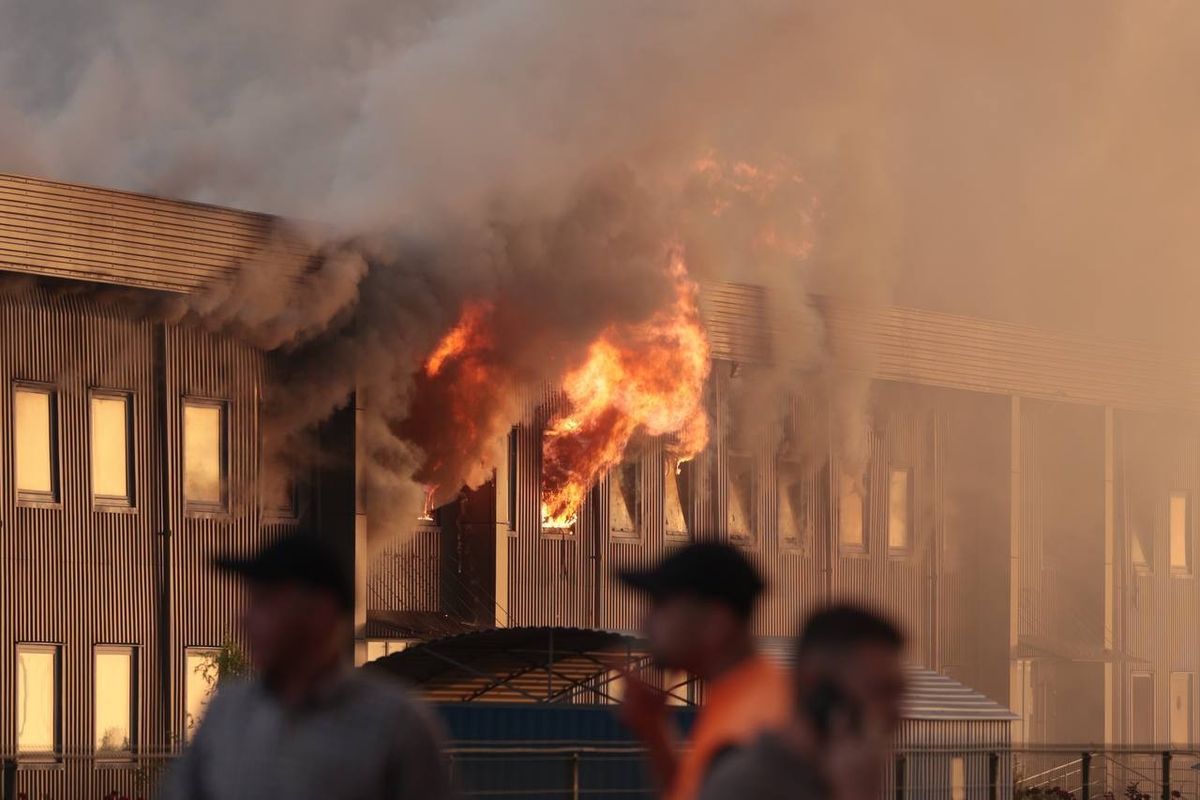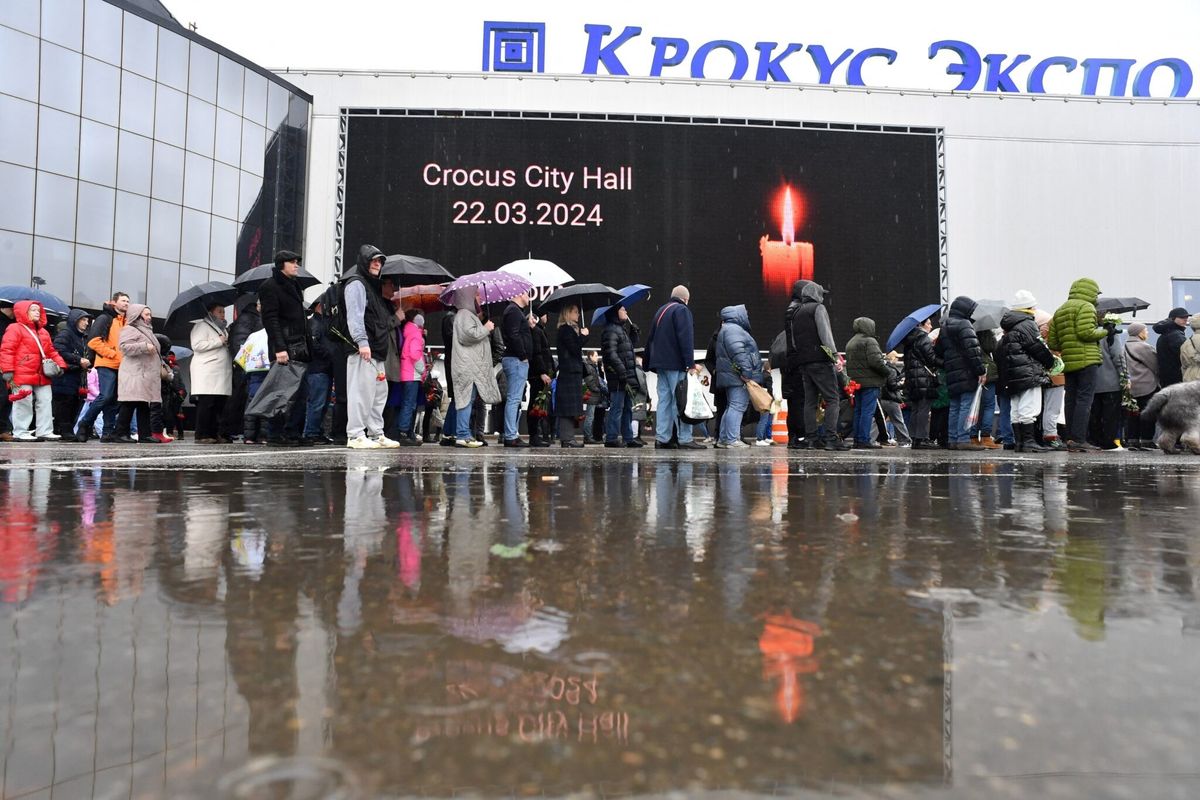Last month, Kurdish forces in northern Iraq shot down an Islamic State drone booby-trapped with explosives that later killed two Peshmerga soldiers as they inspected it. The drone was not like the Reaper or Predator drones the U.S. uses to rain Hellfire missiles down in its global war on terror but was instead a small hobby drone, like the many available for purchase online.
This instance marks a larger trend toward insurgent commandeering of small, unmanned aerial systems (UAS) for limited airpower—adding a new level of capabilities to their unconventional playbook. While a few state-sponsored groups, such as Hezbollah and Ukrainian separatists, have used military-grade drones, most insurgents turn to the commercially driven proliferation of hobby drones, presenting a difficult path forward in reining in this new threat.
The question remains, how can insurgents incorporate these small UAS into their unconventional tactics, and what methods are militaries developing to counter this growing trend?
Robert Bunker, Adjunct Research Professor at the Strategic Studies Institute of the U.S. Army War College, suggests that “insurgent and terrorist organizations have been looking into and experimenting with UAS since the early 2000s.” Bunker points to groups ranging from Aum Shinrikyo, Fatah, Hamas, Hezbollah, and al Qaeda as early explorers into using the technology, which has now expanded to Ukrainian separatists and the Islamic State.
The purpose of insurgent UAS use has included reconnaissance and surveillance for maneuver and targeting, strategic messaging, and delivery of improvised explosive devices (IEDs). Bunker points out that “traditional static IEDs in the past have caused an immense amount of casualties for counterinsurgency forces. The concept of mobile IEDs that will chase after troops is rather chilling.” While some may use their newfound airborne capabilities to drop munitions from above, the rationale of flying IEDs would be to ensure the explosives detonate at the most opportune moment to cause the largest effect.
New technologies—smart glasses and virtual reality goggles, smart phones, artificial intelligence, and 3D printing—will further facilitate insurgent use of UAS.
In the future, “the real game changer,” Bunker notes, “may eventually be—in a decade or more—the networking of UAS into larger groups or swarm waves that share some sort of neural or collective intelligence for command and control to coordinate and optimize the speed, timing, and approach of their attacks on defending troops.”
Because the proliferation of insurgent use of drones is a result of their commercial globalization—whereby governments cannot meaningfully limit insurgent access—the focus has been placed on developing counter-UAS technologies. Initially these solutions spawned from systems originally intended for countering artillery and incoming missiles, for example, surface-to-air missiles (SAMs) or high-energy lasers. While these systems can be effective to some extent, they are unpalatable and strategically unsound over densely populated areas with fears of collateral damage. As urban environments are increasingly the staging grounds of insurgencies, militaries will be forced to turn to non-kinetic means of countering UAS.
One such initiative was MITRE’s Countering-UAS Challenge, which focused on three categories of interdiction—physical, radio frequency, and cyber. Jonathan Rotner, a Lead Sensors Systems Engineer at MITRE, suggests “each has its pros and cons. There is no one modality that is going to be able to stop all the different kinds of threats. Instead you have to start layering different defenses.”
For example, researchers have found a vulnerability in the DSMx protocol used for communications between the remote operator and the drone, allowing hackers to hijack control of the drone midflight. Michael Balazs, the Technology Integrator for MITRE’s Global Operations and Intelligence Programs, suggests that “if you can breach the command and control stream, you can send all kinds of commands,” but “while cyber offers incredible options if you can get in, it is the hardest to do—especially because you generally have a very short response time from an incoming drone.”
Radio frequency or GPS jamming are options as well—though GPS jamming will likely disrupt a variety of other critical systems in urban environments. The point of radio frequency interdiction is to break the command and control communications with the remote operator. But if the drone is flown via GPS way-points—as is often the case until the drone reaches its designated target—then the drone will merely continue on its automated journey. But GPS jamming could simply result in the drone going into loiter mode until it regains GPS or runs out of battery, therefore requiring continuous jamming, which could be a problem if there are multiple drones—such as in the potential case of swarm waves. Products like the DroneDefender and Dronebuster are examples of both radio frequency and GPS jamming.
A safer physical interdiction method—than say SAMs or directed energy—are nets. MITRE’s counter-UAS challenge finalist was SkyWall, a shoulder-launch net gun that stopped every drone it was directed to. “The problem,” according to Balazs, “is that even though physical was a near-guaranteed takedown method, it is generally used in short range. So depending on what the attack vector is, the drone might already be too close to stop it with a physical takedown.” This fear becomes central when considering the possibility of explosive-laden drones zipping through the narrow streets of densely populated urban environments creating line of sight issues until the drone is already upon defending troops.
When considering the threat of insurgent use of UAS in the future, Rotner argues there is “a cat-and-mouse game between UAS innovation and counter-UAS innovation. But the question should really be about evolving tactics, as well as evolving technology.” Balazs notes that while “there is a disconnect now, in the future we will be able to safely counter them.”
Levi Maxey is a cyber and technology producer at The Cipher Brief. Follow him on Twitter @lemax13.













